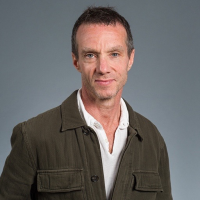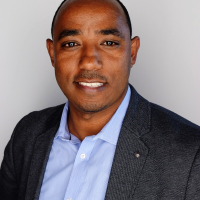The Global Digital Divide: Past, Present, and Future
The Global Digital Divide: Past, Present, and Future examined the changing nature of the digital divide challenge and what we have learned (and will have to do next) in order to envision and deploy solutions—now and in the future.
Ten years ago, the conversation around the 'digital divide' was centered on internet access around the world. That issue hasn’t gone away and remains deeply important. Yet today, the digital divide is not just in the context of internet access, but in relation to what connectivity enables; for example, the digital infrastructure to mobilize human capital at a distance. This panel broadened the digital divide discussion to include regions, such as Africa and the Middle East, that are all too often overlooked while addressing the evolution of the digital divide(s) globally and the importance of addressing the main drivers behind current and future iterations of these divides going forward.
Speaker Quotes
-
Sukaina Al-Nawrawi, Social Affairs Expert, United Nations Economic and Social Commission for Western Asia
-
Zena Kebede, Technical Program Manager, Microsoft Airband Initiative
-
Steven Weber, Associate Dean and Head of School at the UC Berkeley School of Information
Speakers



Moderator

Hosted By

Science and Technology Innovation Program
The Science and Technology Innovation Program (STIP) serves as the bridge between technologists, policymakers, industry, and global stakeholders. Read more


Africa Program
The Africa Program works to address the most critical issues facing Africa and US-Africa relations, build mutually beneficial US-Africa relations, and enhance knowledge and understanding about Africa in the United States. The Program achieves its mission through in-depth research and analyses, public discussion, working groups, and briefings that bring together policymakers, practitioners, and subject matter experts to analyze and offer practical options for tackling key challenges in Africa and in US-Africa relations. Read more


Middle East Program
The Wilson Center’s Middle East Program serves as a crucial resource for the policymaking community and beyond, providing analyses and research that helps inform US foreign policymaking, stimulates public debate, and expands knowledge about issues in the wider Middle East and North Africa (MENA) region. Read more


